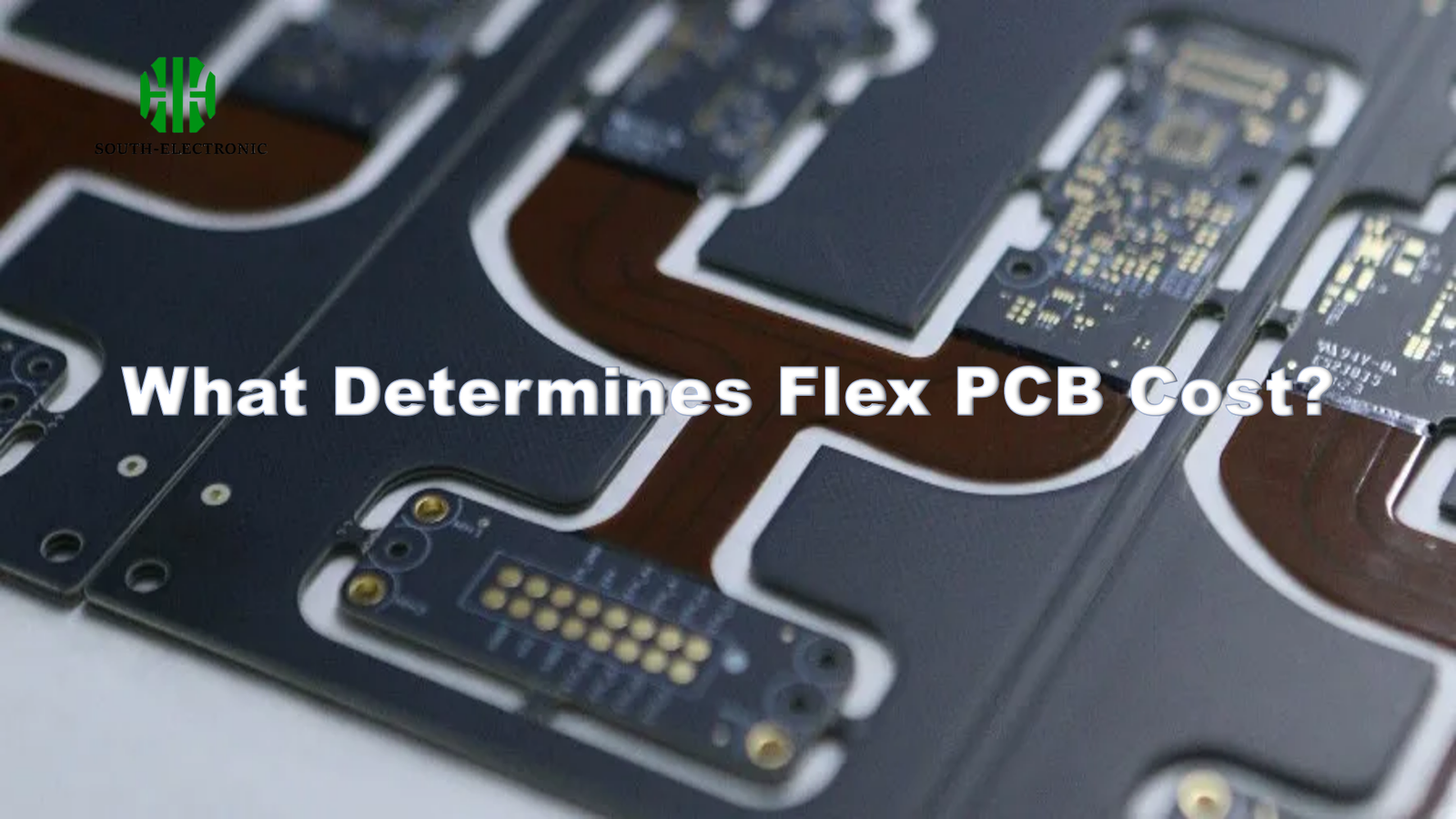Struggling with unexpected flex PCB expenses? You’re not alone. Hidden costs can derail projects and inflate budgets rapidly. Let’s uncover what really drives your spending.
Flex PCB cost depends on design complexity, material selection, production volume, and special processes. More layers or custom shapes increase expense. High-tech materials like polyimide cost more than standard options. Smaller batches have higher unit prices.
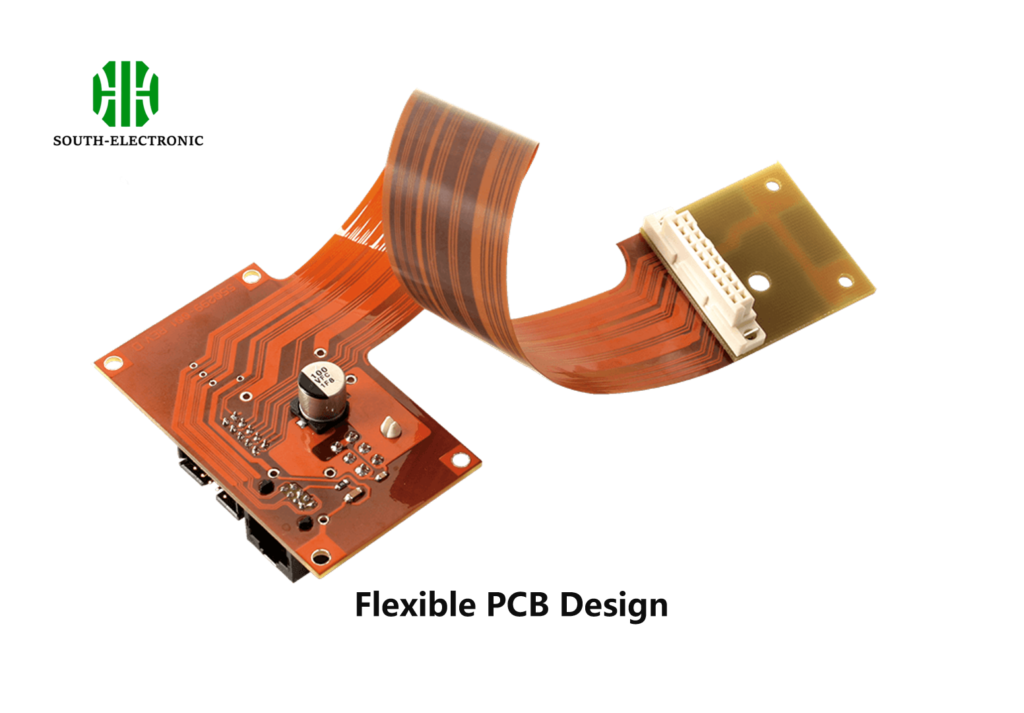
Many manufacturers surprise clients with hidden fees after ordering. Let’s avoid budget shocks by tackling common design mistakes first.
How to Avoid Common Flex PCB Design Mistakes?
Ever had a flexible pcb crack during assembly? These errors cause 60% of failures. Preventing them is essential for durability.
Ignore bend radius rules and your flex pcb will fracture within months. Maintain consistent trace thickness across bend areas to prevent tears. Use curved corners instead of sharp angles.
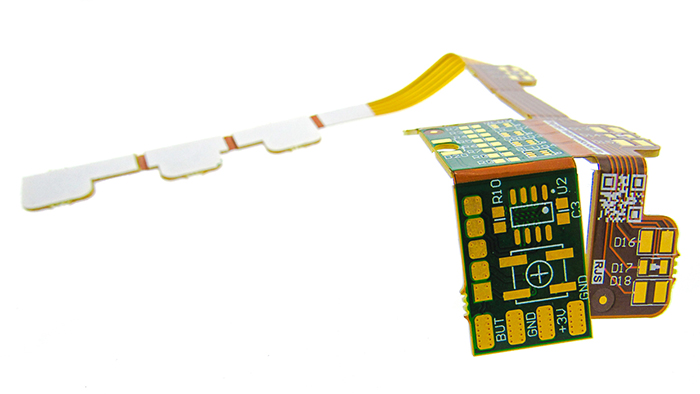
Critical Design Optimization Areas
Three factors dominate flexible pcb reliability:
-
Material Compatibility Design Choice Risk Factor Solution Incorrect substrate Delamination Match CTE ratings Stiffener mismatch Flex damage Use pressure-sensitive adhesives Thermal stress causes layers to separate when materials expand differently. I once lost 50 boards to adhesive failure before switching to acrylic-based adhesives.
-
Trace Routing Patterns
Always route traces perpendicular to bend points. Offset adjacent layers to avoid overlapping stress points. Include strain relief features like teardrops. -
Protection Methods
Cover lay selection determines environmental resistance. Liquid photos over film adds 15% cost but survives harsh conditions. Silkscreen identification wears off without proper treatments.
When Should I Use Rigid-Flex PCBs?
Watching production delays from connector failures? Rigid-flex eliminates failure points between segments. This integration solves persistent reliability issues.
Choose rigid-flex pcbs when reducing connectors improves durability critical medical devices, aerospace modules, and wearable tech. They withstand more stress cycles than traditional boards.
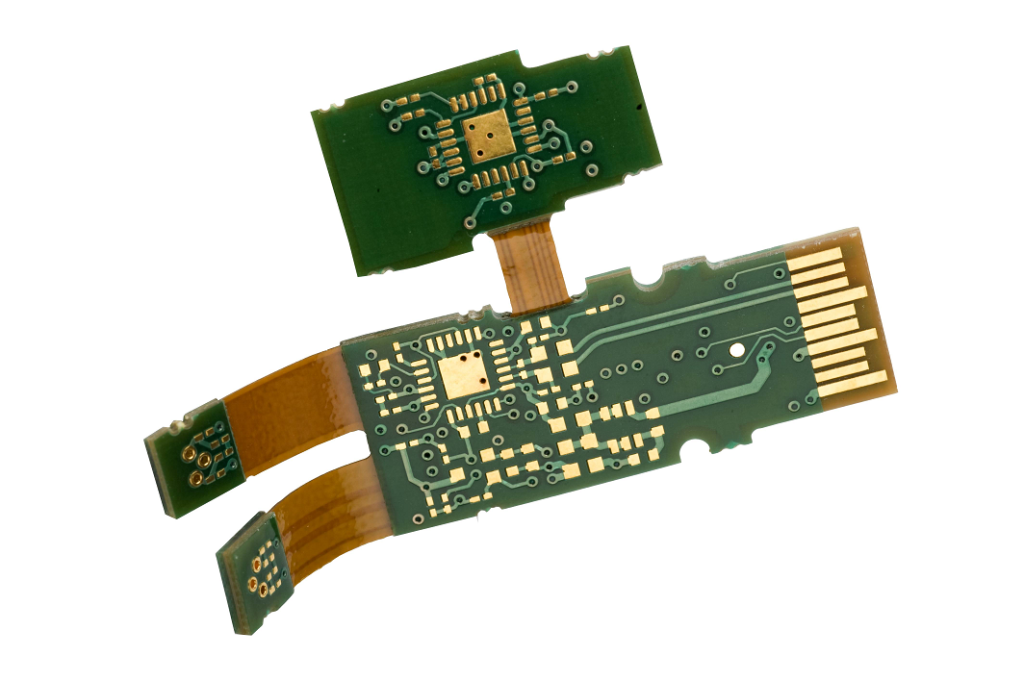
Decision Framework
Evaluate these applications when considering flexible printed circuit manufacturers[^1]:
Use Case Analysis
| Scenario | Rigid-Flex Benefit | Cost Premium |
|---|---|---|
| High vibration exposure | Fewer solder joints | 20-30% |
| Miniaturization needs | Space consolidation | 25-40% |
| Dynamic bending zones | Targeted flexibility | 30-50% |
Alternatives Comparison
Standard flex PCB[^2]s work for simple curves. Add rigid sections when components need solid mounting surfaces. Rigid-flex integration justifies higher expenses when:
- Assembly errors from manual connections exceed 5%
- Shock testing requires impact resistance
- Product weight reduction is critical
Rigid sections stabilize processors and connectors, while flexible conductors link them organically. Avoid overengineering with hybrid solutions. Each rigid zone increases manufacturing steps.
How to Choose a Reliable Flex PCB Manufacturer?
Getting inconsistent quality between batches? Supply chain risks increase with unverified partners. Factory audits reveal critical gaps.
Select flex pcb manufacturers with certified quality systems. Require ISO 9001 and IPC-6013 compliance. Verify material traceability and testing capabilities before ordering.
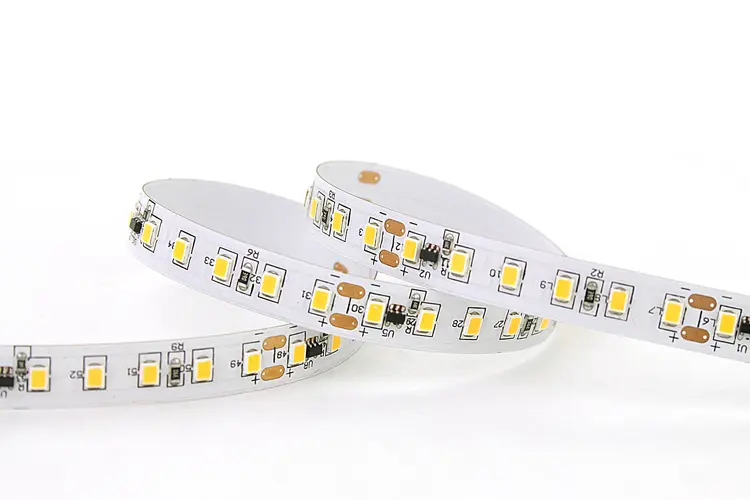
Due Diligence Steps
Vet flexible printed circuit manufacturers using these parameters:
Capability Assessment
| Factor | High-Risk Signs | Best Practices |
|---|---|---|
| Production Equipment | Single-side etching only | Multi-process workflow |
| Material Transparency | Generic polymer labels | UL-certified substrates |
| Failure Analysis | Basic visual inspection | Automated optical test |
Request product samples before mass production. Verify impedance control and adhesive performance. I reduced defects by 70% after finding a manufacturer with microsectioning equipment.
Support Evaluation
Technical support determines issue resolution time. Expect responsiveness to design queries within 24 hours. Prototype feedback is more valuable than unit discounts. Partner with manufacturers having in-house engineering teams.
Conclusion
Smart flex PCB choices balance performance and budget. Focus on design optimization and selective technology adoption. Partner with specialized manufacturers to prevent costly errors.
[^1]: This link will guide you in selecting trustworthy manufacturers, ensuring quality and reducing risks in your PCB production.
[^2]: Explore this resource to learn essential design practices that can help you avoid costly mistakes in flex PCB projects.

